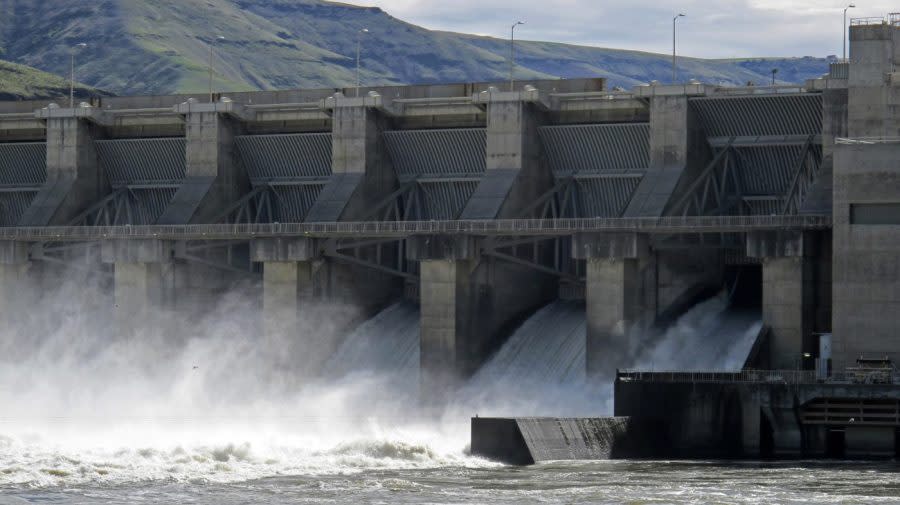US West hydropower production plunged to 22-year low last year

Hydropower generation in the U.S. West plunged to a 22-year low last year — an 11 percent drop from the year before, according to a new federal data analysis.
The total amount produced in the region amounted to 141.5 million megawatt-hours, or about 60 percent of the country’s total hydroelectricity output in the 2022-2023 “water year,” per the data, published by the U.S. Energy Information Administration (EIA).
The U.S. West water year, which generally follows how water accumulates and moves through a watershed, runs annually from October 1 through September 30 of the next calendar year.
The states responsible for the region’s hydroelectricity generation include Arizona, Colorado, Idaho, Montana, Nevada, New Mexico, Utah, Wyoming, California, Oregon and Washington. The latter two states contain 37 percent of the nation’s hydropower capacity, according to the EIA.
Drought conditions during the 2022-2023 water year took a considerable toll on Oregon and Washington, as well as on other states located around the Columbia River Basin, per the analysis.
After Fall 2022 precipitation was near-to-below normal, a May 2023 heat wave melted snowpack rapidly, the data showed. These circumstances caused hydropower generation in Washington and Oregon to drop by 23 percent and 20 percent, respectively, from the year before.
On the other hand, a series of atmospheric rivers in California spurred an increase in hydroelectricity production in the Golden State — nearly doubling it in comparison to the previous water year, the analysis noted.
Although the region experienced a multi-decade low in overall hydropower production, the EIA report tempered any cause for immediate alarm.
“Hydropower generation in the western United States can vary significantly from year to year because the amount of precipitation influences generation,” the analysis stated.
For the latest news, weather, sports, and streaming video, head to The Hill.

